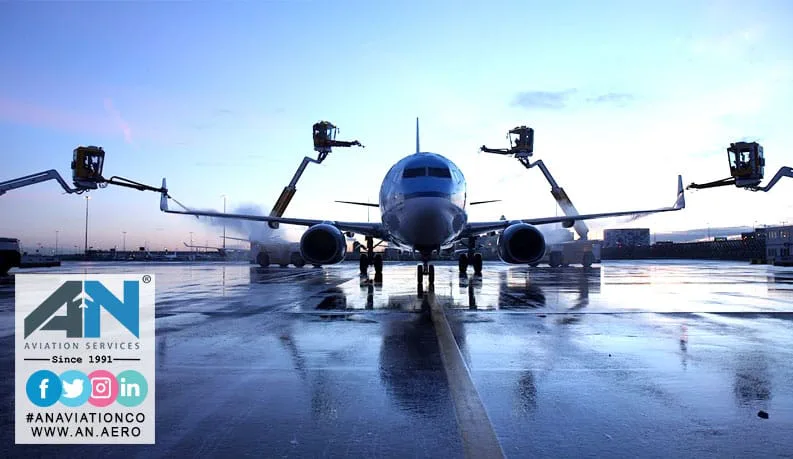
In critical situations where time and specialized care are of the essence, air ambulance services provide a lifeline. These medical flights are equipped to transport patients quickly and safely, often covering long distances that ground transportation simply cannot manage in time. However, planning a flight ambulance requires meticulous coordination and attention to detail to ensure the safety and comfort of the patient.
Whether you’re arranging a medical transport for a loved one or overseeing the logistics for a hospital transfer, understanding the steps involved can make the process smoother and less stressful. In this blog, we’ll guide you through the key tips for organizing an air ambulance service and what to expect along the way.
Understanding Air Ambulance Services
An air ambulance service provides specialized medical transport using aircraft that are equipped to handle medical emergencies. These flights are staffed by trained air medics, including paramedics, nurses, and sometimes doctors, who are prepared to provide in-flight medical care.
Air ambulances are typically used for patients who need to be transported to a hospital that is far away, for individuals traveling to receive specialized treatment, or for emergency evacuations. Depending on the situation, the aircraft could be a helicopter for short distances or a fixed-wing plane for long-haul transport.
Planning an air ambulance flight isn’t as simple as booking a ticket on a commercial airline. It involves evaluating the patient’s medical condition, coordinating with healthcare providers, and managing the necessary documentation.
Steps to Plan an Air Ambulance Flight
1. Choose the Right Air Ambulance Provider:
The first step in planning a medical flight is selecting a reputable air ambulance provider. Not all services are the same, so it’s important to research and compare companies based on their experience, safety record, and range of medical services.
Look for providers that offer a fully equipped aircraft and a professional medical team. You’ll also want to ensure that the company complies with aviation and healthcare regulations in the region where the flight will take place.
2. Assess the Patient’s Needs:
Understanding the patient’s medical condition is crucial when planning a flight ambulance. The air ambulance team will typically require a detailed medical report, including the patient’s diagnosis, current treatment plan, and any specific equipment or medications they may need during the flight.
This assessment helps the air medics prepare for the journey and ensures that the aircraft is equipped to handle any potential complications. For example, patients with respiratory issues may require supplemental oxygen, while others might need monitoring equipment or a stretcher.
3. Coordinate with Healthcare Providers:
Effective communication between the patient’s current healthcare team, the air ambulance crew, and the receiving hospital is essential. This ensures a seamless transfer of care and minimizes the risk of any gaps in medical treatment during transit.
The air ambulance provider will often handle this coordination, but it’s a good idea to stay informed and involved in the process. Confirm that the receiving hospital is prepared for the patient’s arrival and has all the necessary information to continue their care.
4. Handle Documentation and Permissions:
Arranging an air ambulance service often involves significant paperwork, especially for international flights. This may include medical records, travel documents, and any required permits.
For cross-border medical transport, you’ll need to account for customs clearance and immigration requirements. The air ambulance provider can assist with this, but it’s important to provide accurate and complete information to avoid delays.
5. Prepare for Costs and Insurance Coverage:
Medical flights can be expensive, so it’s essential to understand the costs involved upfront. Check with your insurance provider to determine whether air ambulance services are covered under your policy.
Some providers may offer financial assistance or flexible payment plans, so don’t hesitate to discuss your options. Having a clear understanding of the financial aspects can reduce stress and help you focus on the patient’s well-being.
Tips for a Smooth Medical Flight
Once the logistics are in place, there are additional steps you can take to ensure a smooth experience for the patient and their family.
Stay Calm and Organized:
Emergency situations can be overwhelming, but staying calm and organized will help you make better decisions. Keep a checklist of everything that needs to be done, from packing the patient’s personal items to confirming the flight schedule.
Trust the Air Medics:
The air medics on board are highly trained professionals who specialize in patient care during medical flights. Trust their expertise and follow their instructions to ensure the best possible outcome for the patient.
Communicate Clearly:
Clear communication is key to avoiding misunderstandings or delays. Provide accurate information about the patient’s condition, and don’t hesitate to ask questions if you’re unsure about any aspect of the flight.
Why Air Ambulance Flights Are a Vital Service?
Air ambulance services are a lifeline for patients who need rapid, specialized care that cannot be provided by ground transportation. They offer the ability to travel long distances quickly, ensuring patients receive the treatment they need without delay.
These flights are particularly important in situations where time is critical, such as organ transplants, trauma cases, or transferring patients to specialized facilities. By providing access to advanced medical care during transit, medical flights significantly improve outcomes for patients.
Conclusion
Planning a flight ambulance requires careful preparation and coordination, but with the right support, it can be a seamless process. By choosing a reputable air ambulance provider, assessing the patient’s needs, and handling the necessary documentation, you can ensure a safe and efficient medical transport.
Whether it’s a life-saving emergency or a planned transfer to a specialized facility, air ambulance services are a vital part of modern healthcare. With their skilled air medics and state-of-the-art equipment, these flights provide peace of mind to patients and their families during challenging times.
Remember, the key to a successful air ambulance flight is collaboration—between healthcare providers, the air ambulance team, and the patient’s loved ones. Together, you can make the journey as safe and comfortable as possible.










